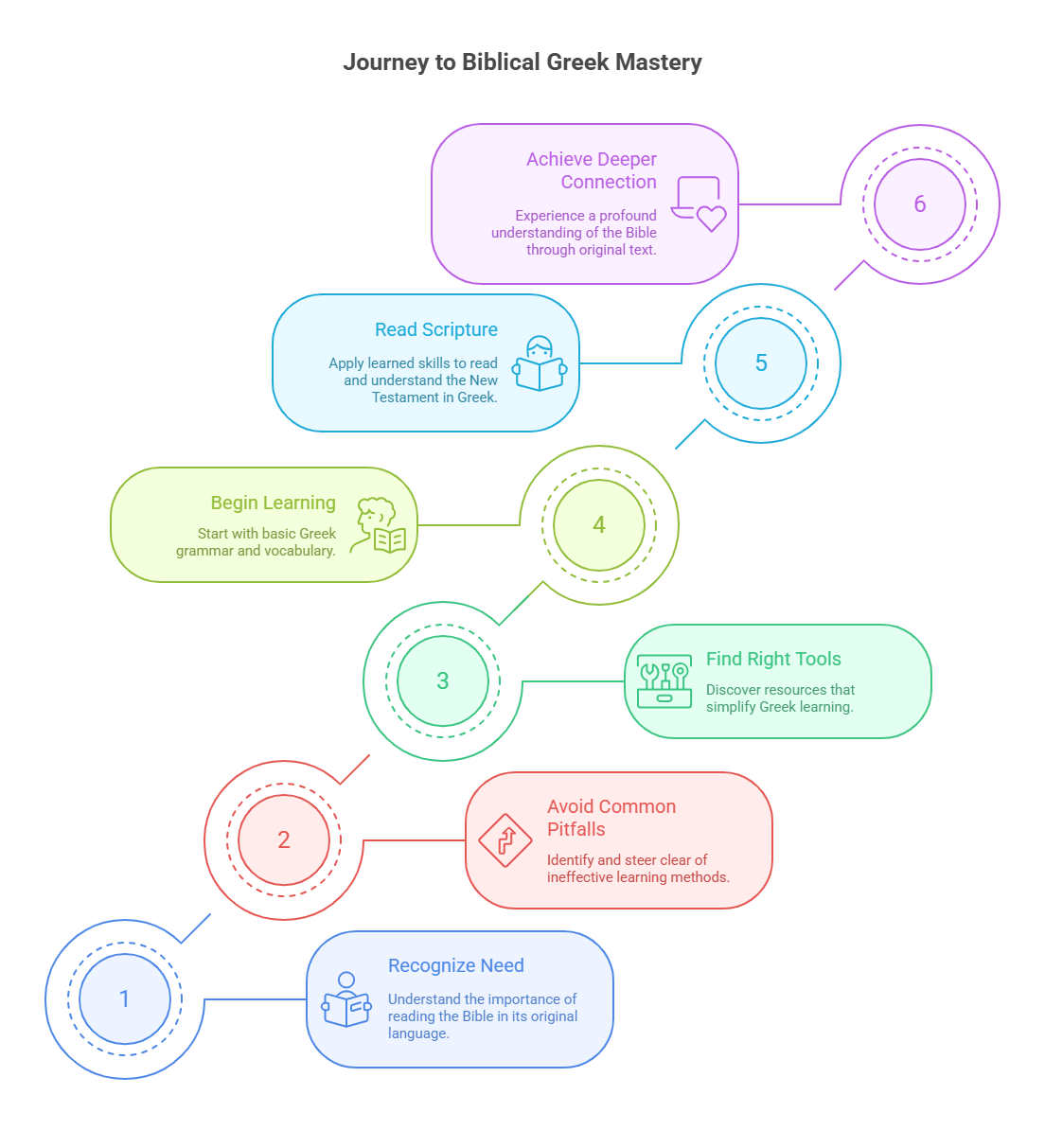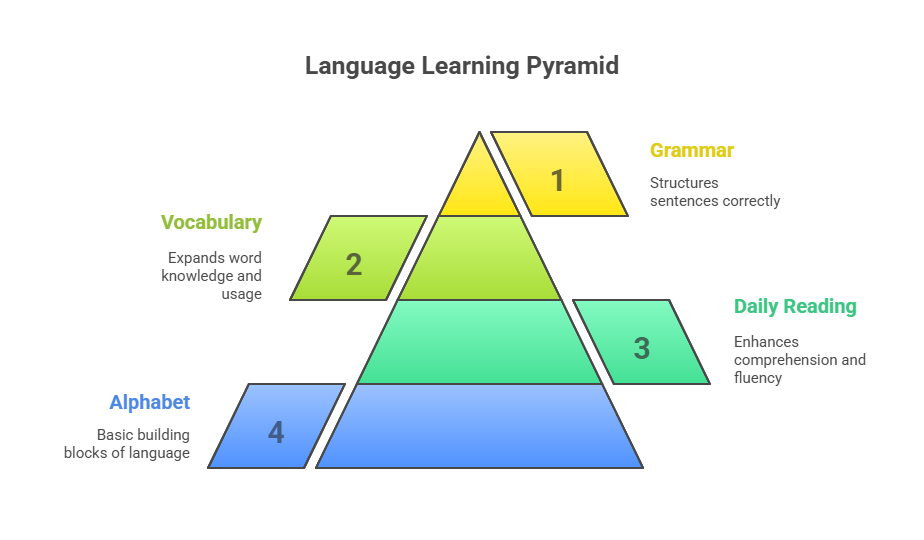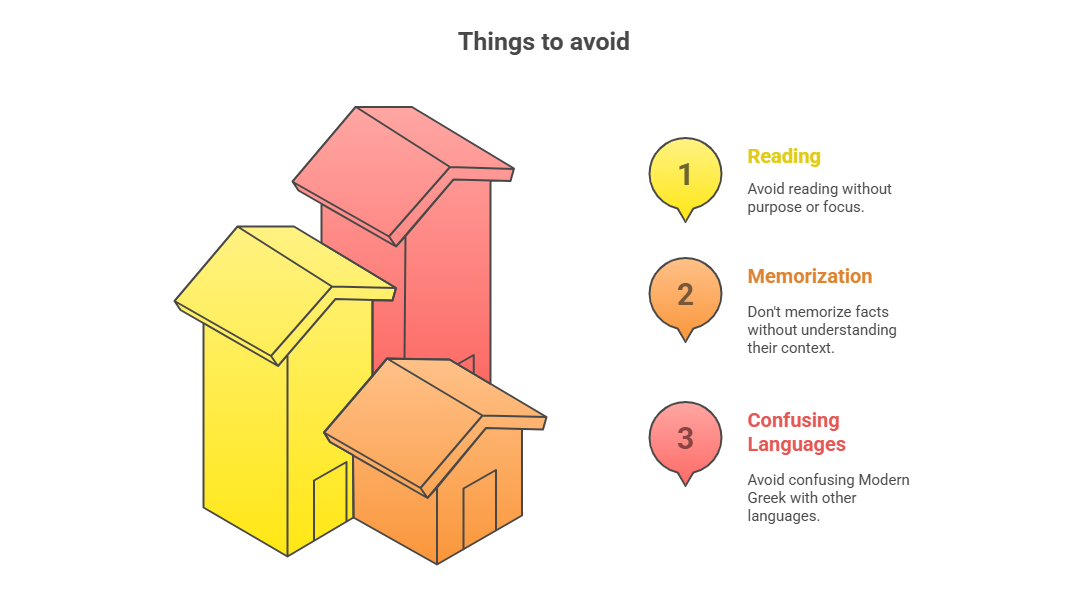How to study Greek for Biblical studies without feeling lost or overwhelmed is a question I hear often from seminary students and Bible readers. Most people rely only on English translations—but those miss key meanings found in the original Greek. That can lead to misunderstandings, especially in theology.
This matters because the New Testament was written in Koine Greek. Without learning it, you’re always reading secondhand. And for many, grammar-heavy books or confusing programs only add to the struggle.
I’m Dr. David C. Noe, founder of Latinperdiem. With over 30 years of teaching Greek and Latin, I’ve built a better way to help you read Scripture in Greek—starting from day one. In this article, you’ll learn exactly how to begin, what to avoid, and where to get the right tools. If you want a deeper connection to the Bible, this guide is for you.
Key Takeaways
- Koine Greek is essential for reading the New Testament accurately—LatinPerDiem teaches it in plain, non-academic language.
- The MossMethod lets you start reading Greek from day one, without needing to memorize rules first.
- Daily lessons and feedback help you build skill with just a few minutes a day—no long lectures or overwhelm.
- Common mistakes like waiting to read, mixing up Modern Greek, or memorizing vocabulary alone are avoided with LPD’s approach.
- Real tools you’ll use include Quick Sheets, parsing quizzes, YouTube lessons, and Waddell’s Greek Grammar.
- You don’t need a degree—just consistent time, a good method, and the right support.
- LatinPerDiem is trusted by Bible students and scholars worldwide for its practical, faithful approach to Greek.
What Is Greek for Biblical Studies and Why Should You Learn It?
Greek for Biblical Studies means reading the New Testament and Septuagint in Koine Greek, the language they were first written in. At latinperdiem, we teach it in a simple, clear way—no jargon, just real reading. Learning this helps you see word meanings and theology that often get missed in translation.
Facts & Original Research: Why Greek for Biblical Studies Truly Matters
To help you decide whether to study Greek for Bible reading, here’s real-world data, trusted quotes, and research-backed reasons that show why Koine Greek still matters—especially when taught through LatinPerDiem’s direct method.
Survey Snapshot: Pastors & Bible Readers
| Insight | Stat / Result |
| Pastors who say original languages improve preaching | 87% (Barna Group, 2022) |
| Regular Bible readers who wish to understand Scripture better | 71% (Pew Research Center, 2021) |
| Seminary students who find Greek most difficult | 62%, due to grammar-first methods (Association of Theological Schools, 2019) |
| Students completing LatinPerDiem’s MossMethod Modules | Over 200+ globally (latinperdiem.com) |
What Does “Biblical Greek” Mean at LatinPerDiem?
Biblical Greek at LatinPerDiem means Koine Greek—the everyday language spoken during the time of the New Testament and the Septuagint.
At LatinPerDiem, we teach Koine in clear, real-world terms—not through dry theory. You don’t start with charts or abstract grammar. Instead, our lessons introduce the Greek alphabet, basic syntax, and most importantly, actual reading. You’ll go from your first letter to reading full verses in the New Testament, step by step. LatinPerDiem brings the Greek text to life—line by line, in plain words, for people who want clarity, not confusion.
Why LatinPerDiem Recommends Biblical Greek
At LatinPerDiem, we believe learning Biblical Greek helps you read Scripture without filters. English translations can only go so far. The original Greek text often carries layers of meaning that are hard to capture in modern languages.
Read the Greek New Testament
With our daily Greek lessons, you walk through actual books of the Bible like John and Genesis—verse by verse. You’ll see what each word means and how it fits into the whole. It’s not theory; it’s Scripture in front of you, in the language it was written.
Get Accurate Meaning
Words like logos and agape can’t be fully explained in one English term. That’s why we teach Greek grammar and vocabulary clearly in courses like The MossMethod. You’ll learn how verb forms, tenses, and articles affect interpretation—helping you avoid common translation mistakes.
Strengthen Theological Insight
Our tools like Quick Sheets, lexicons, and parsing worksheets help you break down texts at the word level. You’ll connect grammar with doctrine, making your Bible study sharper and more accurate.
Learning Biblical Greek through LatinPerDiem means faithful interpretation not guesswork. It gives you a stronger grip on truth where it matters most.
The MossMethod: How We Teach Greek
At LatinPerDiem, we teach Biblical Greek through a method that puts reading first. You don’t need to memorize endless grammar charts before starting. With the MossMethod, you begin understanding real Greek on day one.
First‑Day Reading
Instead of drills and theory, our method begins with real sentences. You read simple Greek from the first session, even if you’re new to the alphabet. This helps you see patterns and build confidence quickly—without waiting months to read Scripture.
Video Walk‑Throughs
Dr. David Noe walks you through the text word by word, line by line. With over 20 hours of video, each lesson explains not just what the words mean, but how the grammar works in real context. It’s like sitting with a personal tutor who knows the Bible and the language deeply.
Feedback & Quizzes
You’ll get quizzes, midterms, and personal feedback. Parsing exercises are built into the course, so you can test what you’re learning—and fix mistakes early. You’re not left guessing.
MossMethod is different from grammar-heavy programs. Instead of delaying real reading, it moves grammar into context—making Greek clear, active, and alive from the start.
How to Get Started Step‑by‑Step Plan
You don’t need a background in languages to begin reading Biblical Greek. LatinPerDiem’s approach is simple, structured, and made for learners like you. Follow this plan to build real skills with just a few minutes each day.
Learn the Alphabet
Start with the basics: the Greek alphabet, syllables, and pronunciation. Our beginner modules at latinperdiem focus on syllabification so you can sound out Greek words with ease—even if you’re starting from zero.
Daily Reading
Next, build your habit with daily short readings. Our YouTube channel and courses offer bite-sized videos where you walk through real texts in just a few minutes. You’ll learn word use, syntax, and meaning in real context—not just theory.
Grow Grammar & Vocabulary
As you read, use our Quick Sheets, parsing tools, and lexicons to understand how words function. You’ll grow your vocabulary naturally while learning how Greek grammar supports deeper meaning in Scripture.
This plan helps you read Greek daily, not just study it. Stick with it for a few weeks, and you’ll start recognizing patterns, grammar, and meanings—without cramming. Just 5 minutes a day can lead to real progress.
Mistakes Many Beginners Make
Many students stall out early because they follow the wrong approach. Here are common mistakes that can slow your progress:
- Waiting to finish grammar first — This leads to frustration. You don’t need to master every rule before reading.
- Mixing up Modern Greek and Biblical Greek — They sound similar but differ in grammar, usage, and meaning.
- Memorizing too much vocabulary without practice — Words stick best when seen in context.
At LatinPerDiem, we skip the fluff. You start reading Biblical Greek from day one, using the MossMethod to grow your skills through real texts. Grammar and vocabulary are introduced naturally—not in isolation, but through use. This keeps learning simple, active, and effective.
Real‑Life Examples from LatinPerDiem
I’m loving the bite-sized ‘per diem’ extracts and learning a lot from them…Thank you for this really excellent resource. I’m an eager learner, having worked through George Sharpley’s Complete Latin Course. Mark W.
In my search for available material, I found LatinPerDiem, and it was like finding a treasure. The videos are short and full of information, not only with correct pronunciation, but also vocabulary, grammar and even context of each author. The range of authors covered, from the classics to the reformers, allows an understanding of how the language develops and how it is used in different contexts. Professor David has a simple and consistent didactic, which really teaches the student how to think the language, and not only translate automatically without reflection. Joel P.
Conclusion
Now you know what Biblical Greek really means, why it matters, and how LatinPerDiem can help you learn it—without overwhelm. With simple tools, clear lessons, and real examples, you’re ready to start reading the Greek New Testament for yourself.
Don’t wait for the “right time.” All it takes is a few minutes a day. Our step-by-step lessons, built-in feedback, and free resources make it easy to stay on track.
Frequently Asked Questions
How do I start learning Biblical Greek if I’ve never studied a language before?
Start with the Greek alphabet and simple words. LatinPerDiem’s method helps you read actual Greek verses from day one, even if you’re new. No grammar drills—just real Scripture, right away.
Can I study Greek for Bible reading even if I live outside the U.S.?
Yes. LatinPerDiem is fully online, so you can learn from anywhere in the world. Whether you're in Nigeria, India, the Philippines, or Brazil—you get access 24/7 with no timezone limits.
What’s the easiest way to learn Greek for Bible study at home?
Use short video lessons, daily readings, and simple grammar tools. Our users say the Pocket Lexicon and MossMethod make it easier to stick with. You only need 5 minutes a day.
How is Koine Greek different from Modern Greek?
Koine Greek is the language of the New Testament, not modern Greece. It has different grammar, pronunciation, and vocabulary. LatinPerDiem teaches Koine, not Modern Greek.
Is Biblical Greek useful if I only use English Bibles?
Yes. Even if you use English Bibles, Greek shows deeper meaning behind key words like logos or agape. It helps you see what the original writers meant—and spot when translations miss something.




